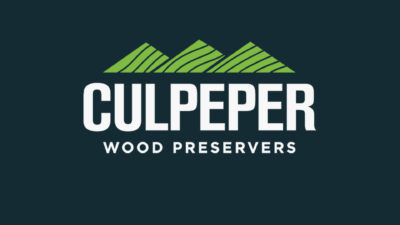
President & CEO of the American Wood Council
At a time where the word “sustainability” is often unsubstantiated, AWC and the wood products industry are using real data and an approach we are calling “radical transparency” to demonstrate in numbers the truly sustainable benefits of building with wood.
To emphasize this point, I’d like to shine a spotlight on a new online tool designed specifically to bring facts and transparency to our industry’s commitment to sustainability.
The new online Wood Sourcing Tool, developed in a partnership with the Softwood Lumber Board and the U.S. Endowment for Forestry & Communities, was unveiled as part of the Earth Day celebration in April. If you haven’t seen the site, I encourage you to pay a visit and spend some time with it.
The site is organized in three sections. The first is an introduction to wood sourcing and the three categories of such as outlined in the ASTM standards that provide a robust and objective framework for identifying wood product sources – non-controversial, responsible, and certified. These categories illuminate the systems mills have in place to ensure no fiber entering the mill contributes to environmental degradation, they also articulate the percent of total volume entering the mill that come from certified forests.
The site features a user-friendly tool that converts mill grade stamp numbers or specific regions into compelling sourcing data and facts about the regulations and practices in place in that region. For example, choosing the South region provides 2021 data on the three categories, facts about the forests across the region’s footprint, a breakdown of forest ownership and more.
The third section provides more general, North American forestry facts and a set of FAQs ranging from sustainable forestry to forestry assurances and carbon and climate change.
In addition to providing the public with greater detail on our industry’s wood fiber sourcing practices, AWC is also gearing up to begin producing updated environmental product declarations (EPDs) for the primary products our member companies produce. We’ll kick the effort off with updating the Softwood lumber EPD later this year, with the goal of having all EPDs updated before they expire in 2025.
The data used for this effort will be collected from AWC’s lifecycle database, which this year collected data from over 82% of AWC member mills, ensuring a meaningful dataset to inform EPD development. An 82% participation rate is impressive, and it reflects the commitment of AWC members to transparently tell our story.
AWC has also pursued a Wood Innovation Grant to expand the database to collect data from all wood products producing sectors in the U.S., including those that traditionally fall outside of AWC’s membership. The long-term vision is for the database to provide the much-needed consistency across all wood product EPDs so that architects, builders and designers can have confidence in what is being measured.
Finally, AWC is also working closely with the U.S. Department of Agriculture’s Forest Products Laboratory (FPL) in maintaining data quality and coordinating EPD development. FPL will be helping to integrate industry data AWC collects into federal government databases, such as the LCA Commons database relied on by federal agencies for procurement purposes. The collaboration between FPL and AWC has been robust and is an important example of how our industry’s commitment to data and transparency can be leveraged through strong public sector engagement.
There is really no other building material out there that tells such a remarkable sustainability story, and that has the data to prove it. AWC will continue to lead the charge in sharing the data far and wide to ensure accountability, transparency, and greater understanding of the good work being done by the U.S. wood products sector. We take great pride in supporting an industry that operates with integrity and a commitment to radical transparency. The data confirms that we have nothing to hide. In fact, we have a lot to share, and we look forward to getting the word out!









